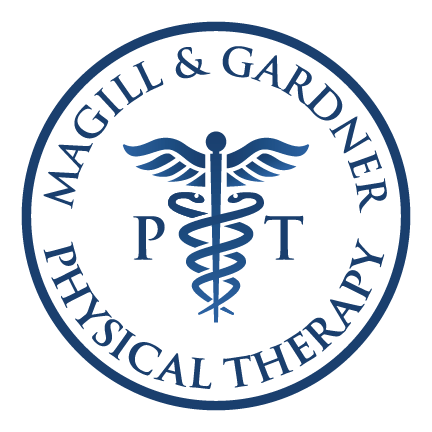Golf season is upon us, and with it brings a renewed desire to improve upon last season’s accomplishments. For some of us that may mean lowering a handicap or besting our all time score. For others this may mean simply playing more. For older adults this usually means staying healthy enough to play more days per week or more holes per round. Many older adults take up golf for exercise or as an important social outlet. In fact, 70% of golfers are over the age of 60. As we age, it becomes harder to maintain good physical health in order to have success with golf. The following is a brief break-down of some of the physical factors which may affect our game as we age.
It starts at the turf
The interaction of your foot with the ground may be the most important and often overlooked aspect of the game. We tend to focus so much on the motion at the hips, shoulders, and wrists we neglect the critical interaction that is occurring between our ankle and heel joints, and the ground. During both back swing and follow through, having proper motion and control at these joints will set the foundation for everything that will happen above it, including proper loading of the hip muscles, from which we get most of our power. Trying to golf without decent ankle/heel strength and flexibility is akin to golfing without spikes on. Your body simply won’t interact with the turf like you want it to.
The Hips
The hips require a lot of internal rotation during the golf swing. Internal rotation is the motion of your leg moving towards your body. During backswing, the back side leg internally rotates, which activates and stretches the gluteal muscles, preparing them to accelerate the club. Lack of internal rotation will result in poor gluteal activation, and decreased power. The reverse is true with the front side hip during follow through. As it internally rotates, the glutes are activated to decelerate all of the force from the swing. Any loss of motion here may result in excessive strain up the chain (lower back), or further down the chain (knee). This is why so many golfers, even at the elite level, have lower back and knee problems. If you have had a hip replacement, which often results in some loss of hip internal rotation, you may have experienced difficulty getting your old swing back. The good news is this can be fixed.
The upper back
The thoracic spine, which runs from the base of your neck to the bottom of your rib cage, is responsible for a tremendous amount of rotation during the backswing. As we age, the thoracic spine tends to get stiff. Age-related changes can cause a forward trunk posture, which makes proper rotation during both back swing and follow-through far more difficult, and sometimes painful. Again, this may result in excessive strain elsewhere, such as the shoulders, elbows, and wrists. Golfers elbow, when it occurs in the lead elbow (left elbow in right handed golfer), can often be traced back to poor rotation at the thoracic spine. The player is attempting to decelerate the backswing motion using the elbow/wrist muscles, instead of the larger and stronger back muscles.
Balance
One of the most critical factors, and the one I probably spend the most time addressing with my older golfers, is balance. Not only is good balance required for a proper golf swing, it is also an important safety factor. The swing itself can cause one to lose their balance, as can walking on a variety of unstable surfaces including grass and sand. Balance exercises, especially those designed specifically to golf, will help to keep you safe and enjoying the game.
Golf is a great sport because it can be played by people of all ages and ability levels, however it requires a certain amount of strength, flexibility, balance, and endurance. It is possible, usually with a few simple exercises, to maintain optimal levels of balance and flexibility in order to continue to play at the level you desire. When you prepare your body to keep up with the physical demands of the game you will be safer, you will be able to play more, and you will be better.
Brian O’Neil is a physical therapist and certified Nike Golf Performance Specialist at Magill and Gardner Physical Therapy, in Scituate. For more information on the Golf Performance System, please contact him at BrianOneilPT@gmail.com, or 781-545-8114.

